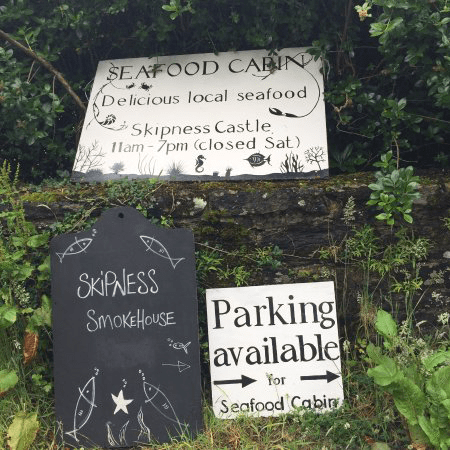Between the Isle of Cumbrae and Fairlie , just south of where I’m based, lives is a lone short-beaked common dolphin. The locals call him Kylie. Dolphin are larger than the local harbour porpoise but he’s doing his best to get on with them.
Kylie became separated from his group about seventeen years ago. As common dolphin are not regular visitors to the area, he’s been hearing the vocal sounds of local porpoise instead. Recordings made by David Nairn of the Clyde Porpoise CIC, using a hydrophone array, show the dolphin has adapted its vocal sounds to be similar to those produced by the harbour porpoise. The porpoise, however, have not adapted.
This vocal learning is rare in mammals, we are familiar with mimicry in birds, but our understanding is limited when it comes to marine mammals. Many captive cetaceans (whales, dolphins and porpoise) adapt their vocal sounds, but this is the first to be recorded in the wild.
Mel Cosentino of Strathclyde University found Kylie was much more vocal and using those newly learnt sounds when in the company of the harbour porpoise than when swimming alone. Could that suggest an attempt at communication over mimicry?
Mel Cosentino’s full results have not been published, but I look forward to reading her paper when it comes out.
Uncertain Futures.
Unfortunately, Kylie’s future is at best uncertain. A new decommissioning site for marine structures is in the planning stage. The audio pollution (the noise) will interfere with his echolocation and his interaction with his social group.
You can keep up to date with Kylie by following @ClydePorpoise on Twitter or support what is happening on the Clyde by logging onto: http://www.clydeporpoise.org
Whatcha saying? Evidence of production learning in a solitary common dolphin during interspecific interactions with a harbour porpoise. / Cosentino, Mel; Nairn, David; Windmill, James F.C.https://strathprints.strath.ac.uk/64940/
@ClydePorpoise @melanthropics






Leave A Comment
You must be logged in to post a comment.